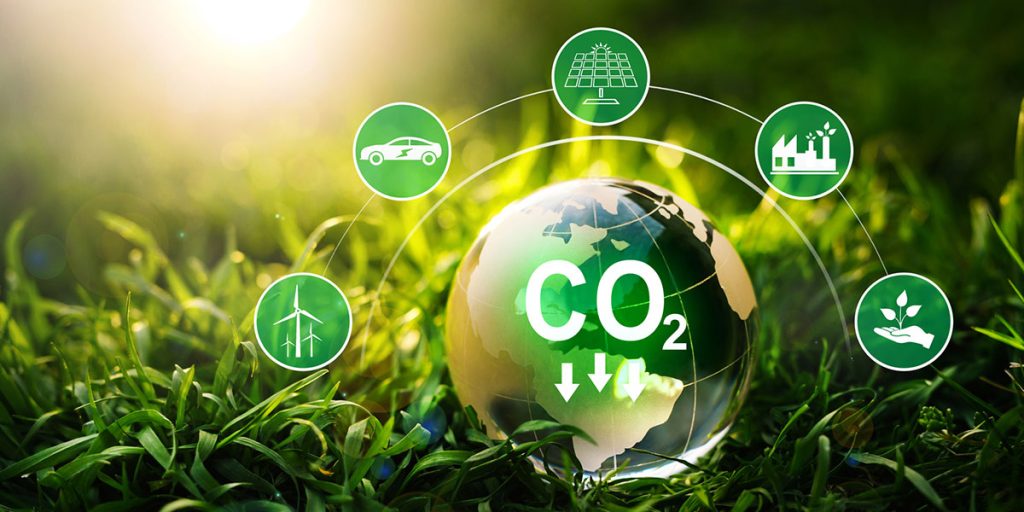
Embracing Environmental Responsibility for a Sustainable Future
The environment is the interconnected web of living organisms, natural resources, and ecosystems that sustains life on Earth. From the air we breathe to the water we drink, every aspect of our existence is intricately linked to the health and well-being of our planet. In this article, we delve into the critical importance of environmental stewardship, exploring the challenges facing our planet and the urgent need for collective action to protect and preserve the Earth for future generations.
Understanding the Environment
The environment encompasses a vast array of interconnected systems, including the atmosphere, hydrosphere, lithosphere, and biosphere. These systems interact in complex ways, regulating climate patterns, supporting biodiversity, and providing essential resources for life. From lush rainforests to sprawling oceans, each ecosystem plays a unique role in maintaining the delicate balance of our planet. However, human activities such as deforestation, pollution, and climate change have placed unprecedented strain on these systems, threatening the stability and resilience of the environment.
Challenges Facing Our Planet
One of the most pressing challenges facing our planet is climate change, driven primarily by the emission of greenhouse gases from burning fossil fuels, deforestation, and industrial processes. Rising global temperatures have led to more frequent and severe weather events, melting ice caps, and disruptions to ecosystems worldwide. In addition to climate change, biodiversity loss poses a significant threat to the environment, with species extinction rates accelerating due to habitat destruction, pollution, and overexploitation. Furthermore, pollution from plastic waste, chemicals, and pollutants contaminates air, water, and soil, posing risks to human health and ecosystem integrity.
The Urgent Need for Action
Addressing these environmental challenges requires urgent and concerted action at local, national, and global levels. Transitioning to renewable energy sources, such as solar and wind power, is essential for reducing greenhouse gas emissions and mitigating the impacts of climate change. Additionally, protecting and restoring natural habitats, such as forests, wetlands, and coral reefs, helps to preserve biodiversity and enhance ecosystem resilience. Implementing policies and regulations to reduce pollution, promote sustainable land use practices, and conserve resources is crucial for safeguarding the environment for future generations.
Individual Responsibility and Collective Action
While governments, businesses, and organizations play a critical role in addressing environmental issues, individuals also have a responsibility to minimize their ecological footprint and advocate for positive change. Adopting sustainable lifestyle choices, such as reducing energy consumption, conserving water, and minimizing waste, can significantly reduce our environmental impact. Furthermore, supporting environmentally-friendly products and companies, participating in community clean-up efforts, and advocating for policies that protect the environment are important ways to contribute to collective action.
Education and Awareness
Raising awareness and educating the public about environmental issues is key to fostering a culture of environmental stewardship. By promoting environmental literacy, teaching sustainable practices, and highlighting the interconnectedness of human activities and the natural world, we can empower individuals to make informed choices and take action to protect the environment. Educational initiatives, public campaigns, and community outreach programs play a vital role in inspiring environmental consciousness and mobilizing support for conservation efforts.
Environmental Impact of Human Activities
Human activities have a profound impact on the environment, often leading to widespread degradation and destruction of natural ecosystems. Industrialization, urbanization, and agricultural expansion have resulted in habitat loss, fragmentation, and degradation, threatening biodiversity and ecosystem services. Pollution from industries, transportation, and agriculture contaminates air, water, and soil, posing risks to human health and ecological integrity. Additionally, overexploitation of natural resources, such as deforestation, overfishing, and mining, has led to the depletion of vital ecosystems and the loss of biodiversity. Recognizing the environmental impact of human activities is essential for implementing strategies to mitigate damage and promote sustainable practices that protect and restore the environment.

Importance of Biodiversity Conservation
Biodiversity—the variety of life on Earth—is fundamental to the health and resilience of ecosystems and essential for human well-being. It encompasses not only the diversity of species but also genetic diversity within species and the variety of ecosystems and habitats. Biodiversity provides ecosystem services such as pollination, soil fertility, and carbon sequestration, which are crucial for food security, clean water, and climate regulation. However, biodiversity loss threatens to unravel the intricate web of life, diminishing the resilience of ecosystems and undermining their ability to provide essential services. Conservation efforts, including protected areas, habitat restoration, and species conservation programs, are vital for safeguarding biodiversity and maintaining the balance of ecosystems.
Promoting Sustainable Development
Sustainable development seeks to meet the needs of the present without compromising the ability of future generations to meet their own needs. It involves balancing economic growth, social equity, and environmental protection to ensure a harmonious coexistence between human society and the natural world. Sustainable development integrates principles of environmental stewardship, social responsibility, and economic viability into decision-making processes at all levels. By promoting renewable energy, sustainable agriculture, green infrastructure, and equitable access to resources, sustainable development fosters resilience, prosperity, and well-being for present and future generations.
Harnessing Innovation for Environmental Solutions
Innovation and technological advancements hold immense potential for addressing environmental challenges and promoting sustainable practices. From renewable energy technologies to green building materials, innovative solutions can help reduce greenhouse gas emissions, conserve resources, and minimize environmental impact. Additionally, emerging technologies such as artificial intelligence, remote sensing, and blockchain offer new opportunities for monitoring, managing, and protecting the environment. By fostering collaboration between scientists, engineers, policymakers, and entrepreneurs, we can harness the power of innovation to develop transformative solutions that promote environmental sustainability and build a more resilient future.
Conclusion
The environment is the foundation of all life on Earth, providing us with essential resources, habitats, and ecosystem services. However, human activities are placing unprecedented strain on the environment, threatening the health and well-being of present and future generations. It is imperative that we recognize the urgency of the environmental crisis and take decisive action to protect and preserve the planet. By embracing environmental stewardship, advocating for sustainable practices, and working together to address environmental challenges, we can build a more resilient and sustainable future for all. Nurturing our planet is not only a moral imperative but also a collective responsibility that we owe to future generations.
